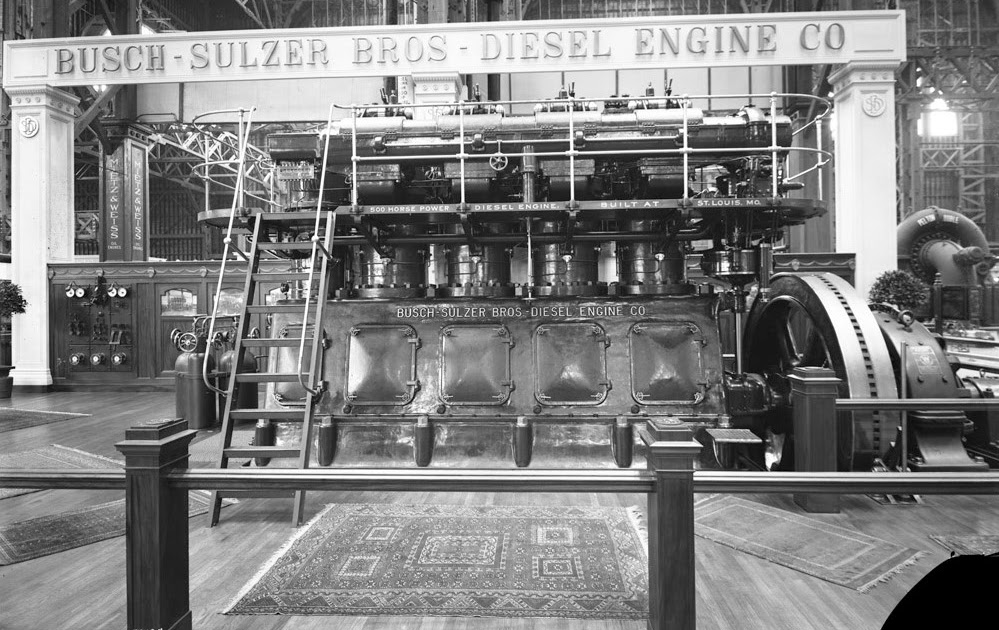3175375
Senior Member
XB-70 AV-1 "VALKYRIE"
On October 12, 1964, during its third test flight, its first supersonic, the paint of the XB-70 was torn off in entire patches on nearly 15% of the surface.

On October 12, 1964, during its third test flight, its first supersonic, the paint of the XB-70 was torn off in entire patches on nearly 15% of the surface.


















